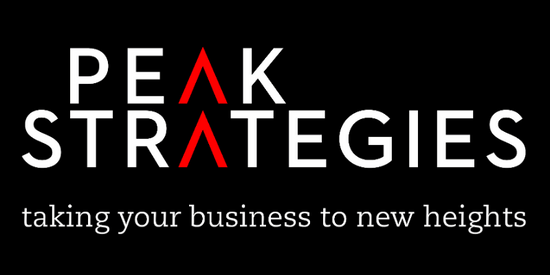Buying a pharmacy is one of the biggest investment decisions you are likely to make.
It is a significant investment, involves significant debt, and accordingly deserves significant levels of analysis and advice to ensure you are being as careful as possible. Any business undertaking of this size involves a degree of risk, and any process that helps you reduce that risk, and gives you a greater knowledge about the financial aspects of the pharmacy that should be considered. For those pharmacists who are thinking of buying a pharmacy, understanding the due diligence process is vital.
So, What is Due Diligence?
Essentially it is an investigation to confirm the material financial facts about the business you are about to buy. It comes about when a buyer and seller have agreed in principal to a deal but before a formal binding sale contract has been signed, or often it forms part of the signed sale agreement itself as a condition of sale. The wording of the due diligence clause often varies but generally the buyer is given a period in which to satisfy this condition. 28 days from when the owner supplies all information is usually sufficient, depending on the complexities of the business.
The Due Diligence process should involve your lawyer, but your accountant is the key person you need, especially an accountant with good experience in community pharmacy. You and the accountant agree on what areas of the business you want investigated. Sometimes owners only want us to investigate sales, others just want Sales, Cost of Goods Sold and Gross Profit. Most however just want a general overall investigation into the financial statements of the business. We have highlighted for you some of the areas that should typically be covered for a pharmacy;
1. Bank balances.
2. Customer debtors and PBS amounts outstanding.
3. Stock on Hand.
4. Reconcile financial statements, income tax returns and business activity statements.
5. Trade Creditors.
6. GST.
7. Agreeing key data such as sales, gross profit and stock on hand values to Point of Sale data.
8. Cash banking.
9. Analysing the main expense categories over the past 2 to 3 years, such as wages, superannuation, insurance, rent and outgoings.
10. Lease agreements.
11. Nursing home contracts.
12. Business trends over the past 2 to 3 years.
13. KPI’s and Industry benchmark comparisons over the past 2 to 3 years.
14. Wages, staff rosters, employment agreements and leave entitlements.
There are certainly many areas that need to be investigated and the above items are by no means exhaustive. But it gives you an idea of the key areas will need to be investigated. Importantly your focus must be on assessing the risk of the profits of the business being overstated.

